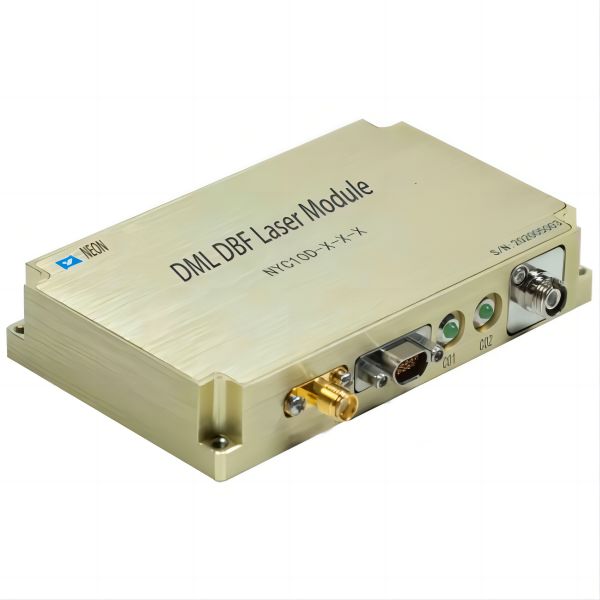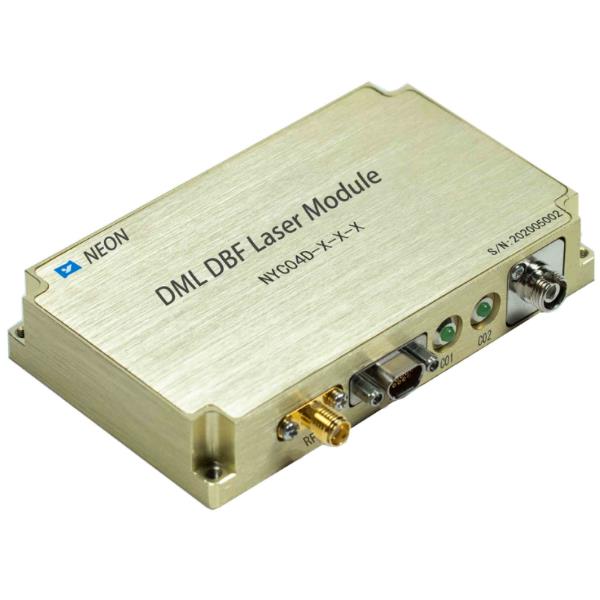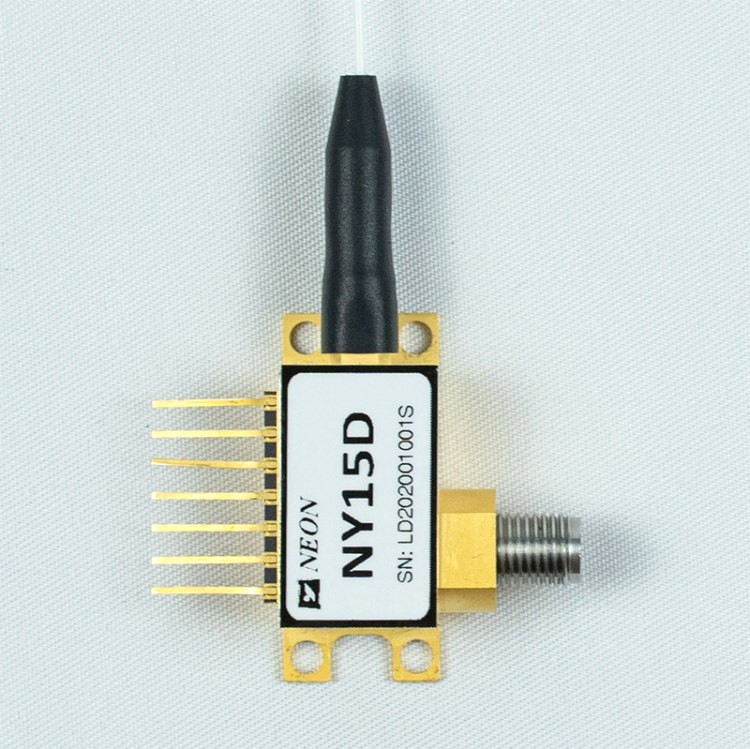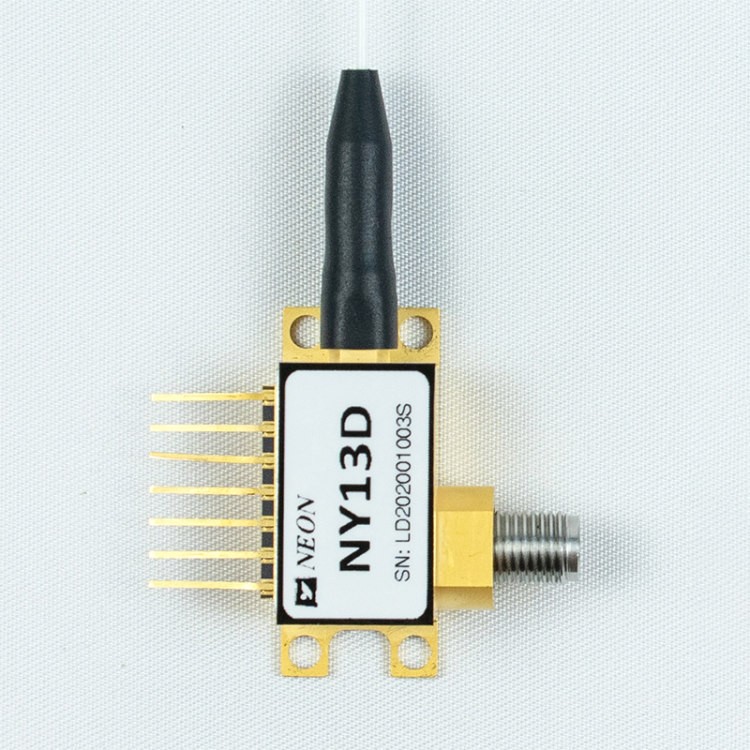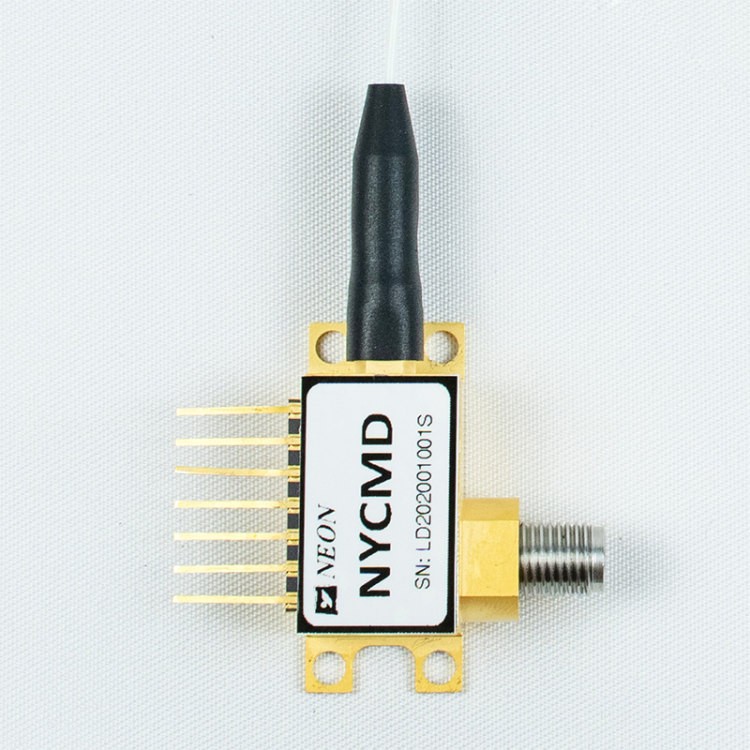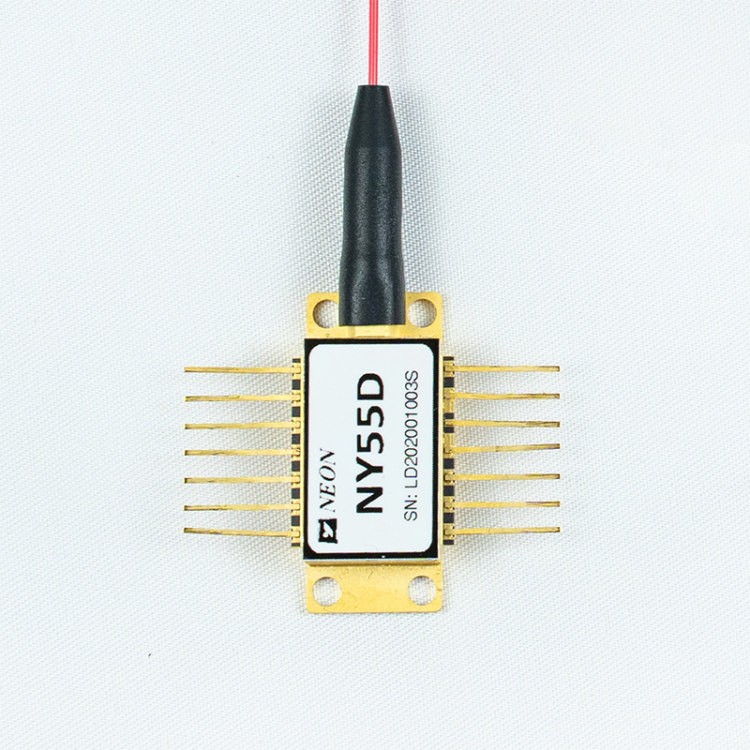Spectrum Showdown: DWDM vs. CWDM Lasers in the Age of Data Deluge
In the ever-expanding realm of data communication, fiber optic cables reign supreme, silently carrying the lifeblood of our digital world. But within these slender strands, a silent battle rages, a clash of light and technology: the duel between DWDM DFB and CWDM DFB lasers. Both wield the power of distributed feedback (DFB) technology, yet their strategies for slicing and dicing the spectrum differ dramatically, shaping the landscape of data transmission.
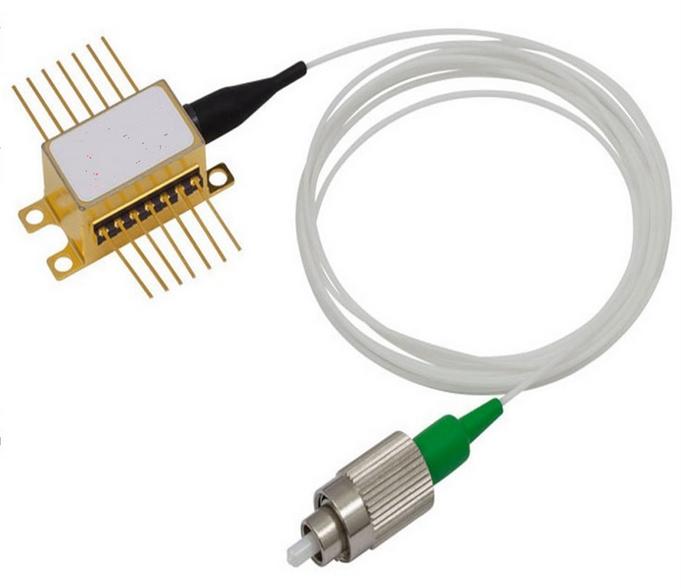
Channel Spacing: A Matter of Millimeters
Imagine the optical spectrum as a bustling highway, where data streams, represented by light pulses, race toward their destinations. DWDM DFB lasers, like master traffic engineers, carve this highway into narrow lanes, each separated by a mere 0.4nm or 0.8nm. This tight spacing allows for a colossal number of channels, up to 160, to coexist within the C-band (1530nm to 1565nm) or L-band (1565nm to 1610nm) of the spectrum. Picture a multi-lane expressway, each lane a dedicated data stream, zipping through the fiber with minimal crosstalk.
CWDM DFB lasers, on the other hand, adopt a more relaxed approach. They prefer wider lanes, separating channels by 20nm, resulting in a smaller capacity, typically up to 18 channels. This wider spacing might seem inefficient, but it comes with its own advantages. Think of it as a scenic, two-lane highway, where each data stream enjoys ample space with minimal interference.
Distance Matters: A Marathon vs. a Sprint
The choice of channel spacing isn’t just about numbers; it also dictates the distance these data streams can travel. DWDM’s tight lanes, while impressive in terms of capacity, are susceptible to crosstalk, a phenomenon where signals bleed into each other, causing errors over long distances. Therefore, DWDM lasers shine in long-haul applications, stretching their legs across hundreds of kilometers, ideal for backbone networks and data center interconnects.
CWDM lasers, with their wider lanes, experience less crosstalk, making them better suited for shorter journeys, typically up to 80 kilometers. Imagine a leisurely drive through the countryside, where data streams flow freely without the pressure of tight deadlines. This makes CWDM a popular choice for metropolitan area networks (MANs) and enterprise networks, where data needs to travel within a city or campus.
Cost and Complexity: Balancing the Budget
The price of admission to this spectrum showdown also differs between the two contenders. DWDM lasers, with their intricate filters and complex management systems needed to handle the high channel count, carry a hefty price tag. CWDM, on the other hand, is a more budget-friendly option, requiring simpler filters and less sophisticated management, making it a cost-effective choice for smaller networks.
Complexity, too, plays a role in this battle. DWDM networks, with their many channels and tight spacing, require meticulous planning and advanced management tools to ensure smooth operation. CWDM, with its fewer channels and wider spacing, is less demanding, making it easier to implement and manage, ideal for networks with limited resources.
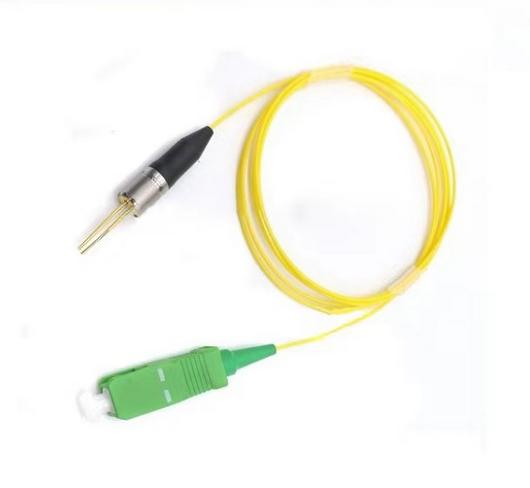
Applications: Finding the Right Fit in the Optical Jungle
Choosing the right laser for your optical communication needs is like picking the perfect weapon in a game of optical tag. Each technology, DWDM DFB, and CWDM DFB thrives in specific terrains, so knowing their strengths and weaknesses is key to victory.
DWDM: The Atlas of Data Delivery
Imagine sprawling plains of data stretching across continents. This is where DWDM lasers reign supreme. With their high channel count and laser-sharp focus (pun intended!), they can pack countless data streams onto a single fiber, like tireless packhorses carrying information across immense distances. Think of them as the backbone of the internet, the arteries pumping lifeblood into the global data flow.
Their long-distance prowess makes them ideal for:
- Backbone networks: These are the high-speed highways crisscrossing continents, carrying the bulk of internet traffic between data centers. DWDM lasers ensure swift and reliable delivery, even over thousands of kilometers.
- Data center interconnects: Within sprawling data centers, DWDM lasers connect servers and storage units, orchestrating the seamless exchange of information within these digital fortresses.
- Undersea cables: These are the silent sentinels under the ocean waves, carrying global communication across vast stretches of water. DWDM’s high capacity and resilience make it the undisputed champion of this watery battlefield.
CWDM: The Agile Couriers of the Digital City
But the world of data isn’t just vast plains; there are bustling digital cities too. This is where CWDM lasers shine. While they pack fewer channels than their DWDM cousins, they are nimble and cost-effective, like zippy delivery trucks weaving through city streets.
Their strengths lie in:
- Metropolitan Area Networks (MANs): Connecting businesses, universities, and government offices within a city, MANs rely on the efficiency and affordability of CWDM.
- Campus networks: Universities and large businesses thrive on the reliable data exchange facilitated by CWDM within their sprawling campuses.
- Enterprise networks: Connecting departments and systems within a single company, CWDM offers a cost-effective way to keep the internal data flowing smoothly.
Summary Table: DWDM DFB vs. CWDM DFB Lasers
| Feature | DWDM DFB Laser | CWDM DFB Laser |
| Channel Spacing | Narrow (0.4nm or 0.8nm) | Wide (20nm) |
| Number of Channels | Up to 160 | Up to 18 |
| Transmission Distance | Long (hundreds of kilometers) | Short (up to 80 kilometers) |
| Cost | High | Low |
| Complexity | High | Low |
| Applications | Long-haul, high-bandwidth | Short-distance, lower-bandwidth |
The Future of Light: Beyond the Binary
As the world’s appetite for data continues to grow, both DWDM and CWDM DFB lasers will continue to play critical roles in the evolution of optical communication. Advancements in technology are pushing the boundaries of both, with narrower channel spacing for DWDM and higher channel count for CWDM. Additionally, innovations like wavelength-division multiplexing over PON (WDM-PON) are blurring the lines between technologies, offering hybrid solutions that combine the strengths of both DWDM and CWDM.
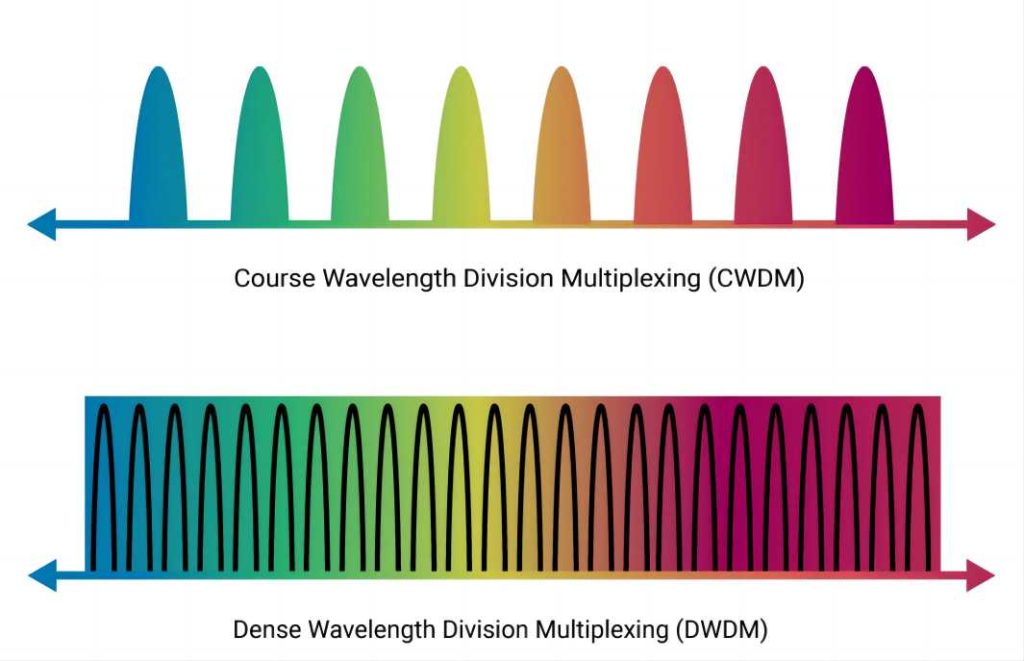
In conclusion, the battle between DWDM DFB and CWDM DFB lasers is not a zero-sum game. Both technologies offer unique advantages tailored to specific needs. Understanding their strengths and limitations is crucial for navigating the ever-evolving landscape of optical communication. As we move forward in this age of data deluge, the key lies in choosing the right tool for the job, ensuring the smooth flow of information on the invisible highways of light.


